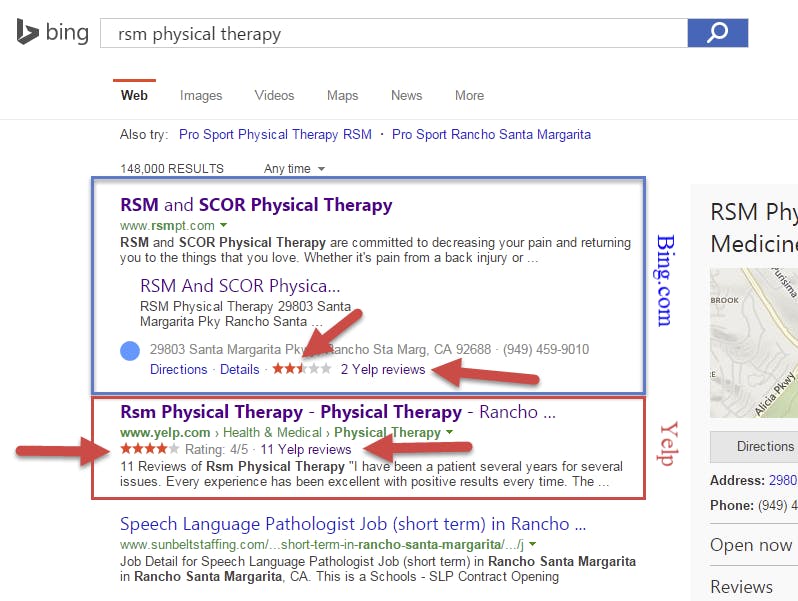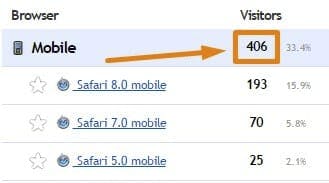Physical therapy online marketing is a necessary move if you want to hone in on capturing prospective patients who spend time online. Even if you’ve already done extensive online marketing for your physical therapy practice, you’ve likely realized that you need to focus more on capturing the right demographics. It isn’t enough to just market yourself to the entire online world and hope someone will notice and visit your website.
Ultimately, being thorough in finding key groups of people you need to capture, is the real secret to successful online marketing today. Those individuals are much easier to find through social media, though it doesn’t have to focus just there to attract the right people. It also means attracting prospective clients through website media or email.
So what type of contacts should you be seeking for your physical therapy clinic? Patients frequently fall into two different categories. Beyond there, you have other patients who are more local, plus those in the medical community who can help you improve your reputation.
Marketing To Past Patients
In your database, you likely have numerous patients who haven’t visited your physical therapy clinic for months or maybe years. In some cases, patients leave town due to personal circumstance or because they found another physical therapy source better suited for them.
Don’t delete these people from your database since you could still win them back with proper social media marketing or through email newsletters. If you had a social media account when they started with you, no doubt they still follow you on places like Twitter or Facebook. It’s rare when people take the time to unfollow someone they already followed years ago, especially if they have thousands of other people on their lists.
Link up with these former patients again with a direct message offering a special deal at your clinic. Or, perhaps advertise discounts directly on your social media feed. Direct messaging needs doing with discretion, since it can easily look like spam if you’re not careful. By checking to see if the person still follows you, advertising directly on your account means they’ll see it there anyway.
If they signed up for an email newsletter, send them specialized emails detailing what makes you stand out from your competitors of late. Your improvement examples will follow exactly what led those past patients to change to your competitor months or years before.
Marketing to Current Patients
To round out the potential for a healthy return on investment toward your marketing, re-focus efforts on marketing toward your current patients. Retaining patients you already have is imperative for this year and every year since they could also easily slip away if you’re not careful.
You can do this by also offering discounts for valued patients, plus providing health education on topics they can’t find anywhere else. The latter might be the most important of all, when value is what many people want while seeking medical treatments.
By making exclusive educational information available on social media or through newsletters, you help people improve their health on their own complementing the physical therapy you provide.
Marketing to Local Patients and Other Doctors
Local marketing is more important than ever, you can capture those already having physical therapy done with your competitors. When you place your information on local online directories, like Yelp or Yahoo! Local, you increase your chances of being found. Don’t forget, though, that you need your name, address, and phone number consistently on every entry so everyone can easily contact you immediately. Far too many businesses forget to place simple contact information in their local directory listings.
As for marketing toward doctors, you want them available for referrals and recommendations.
Contact us here at E-rehab.com so we can help you with your physical therapy online marketing procedures this year. It’s time you captured and re-captured the people who make or made your clinic successful on a consistent basis.













